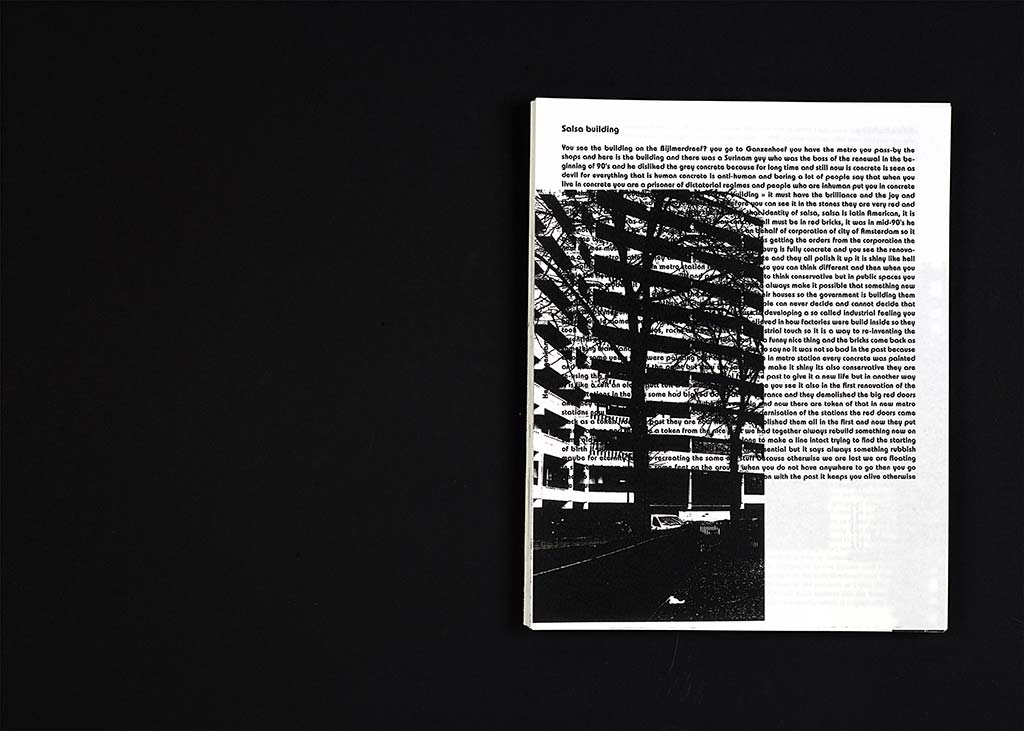
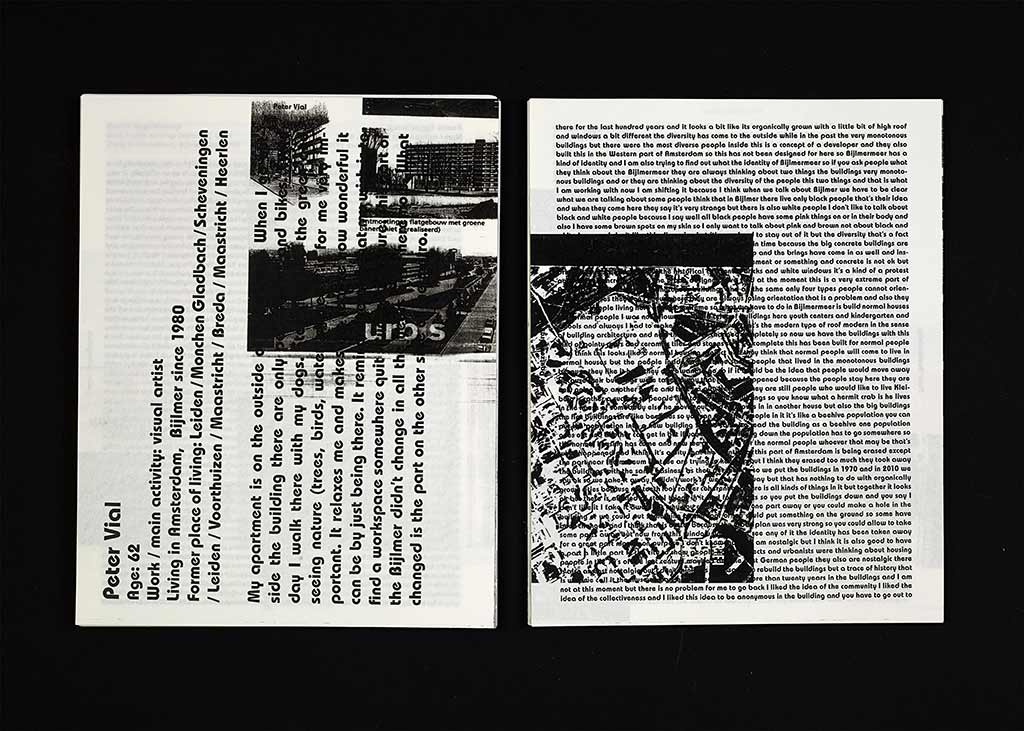
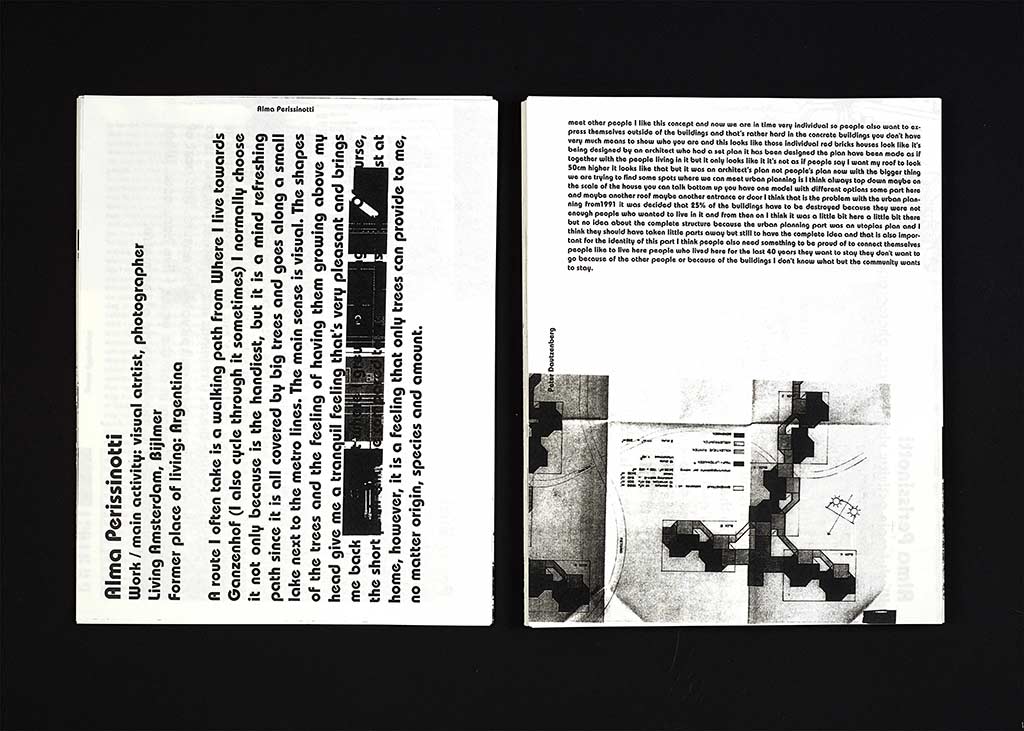
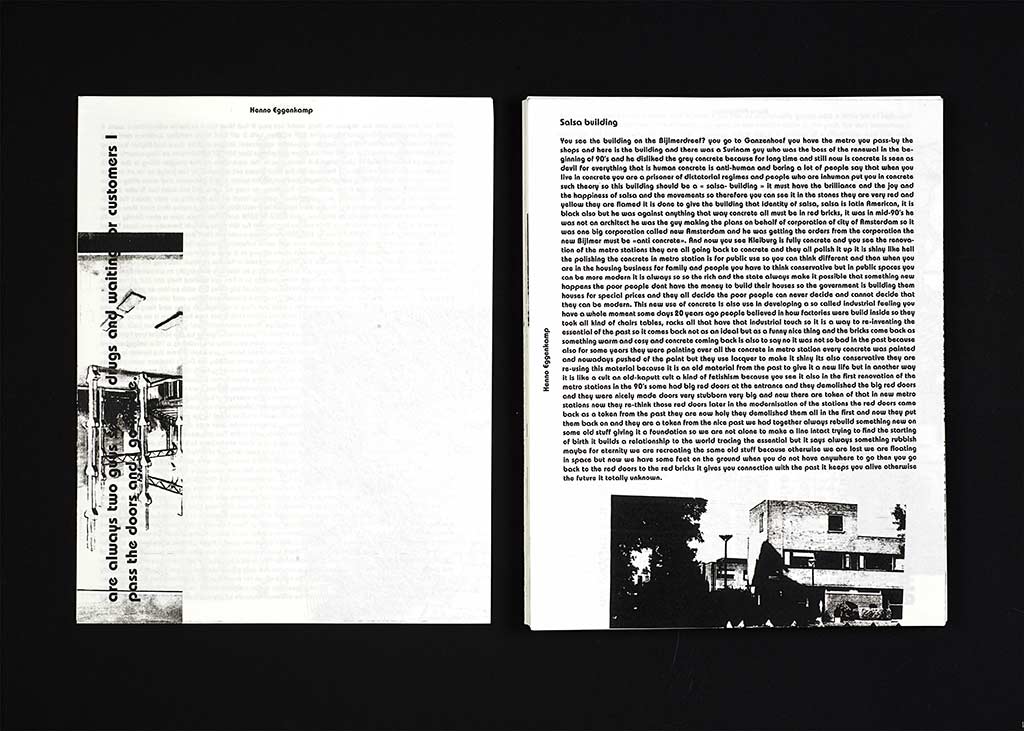
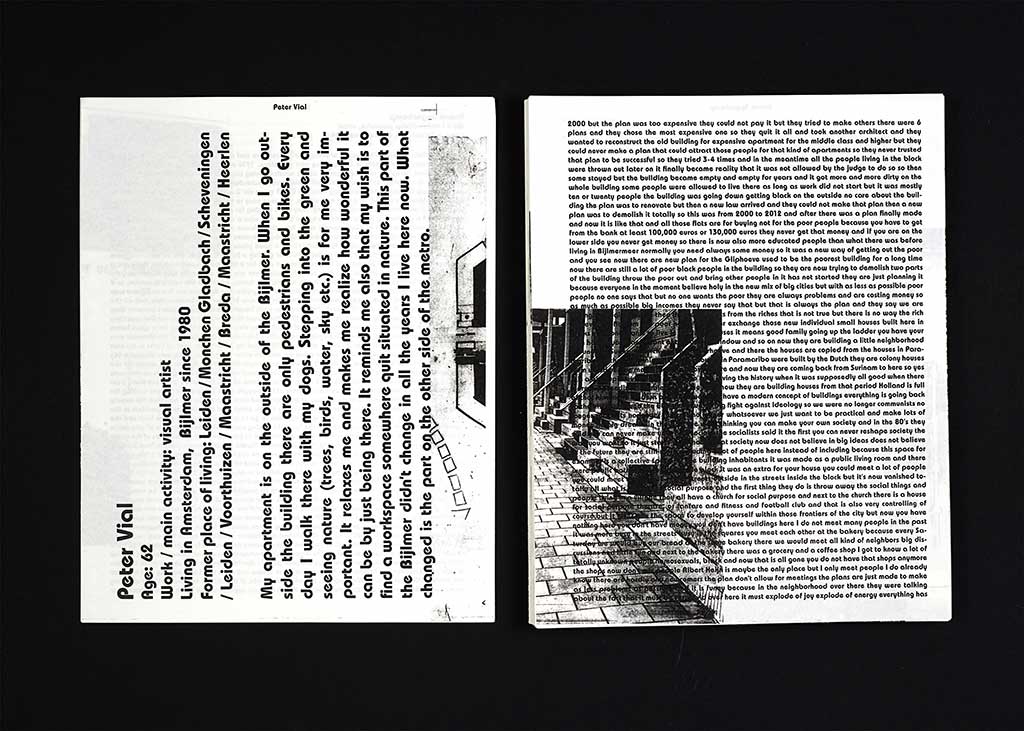
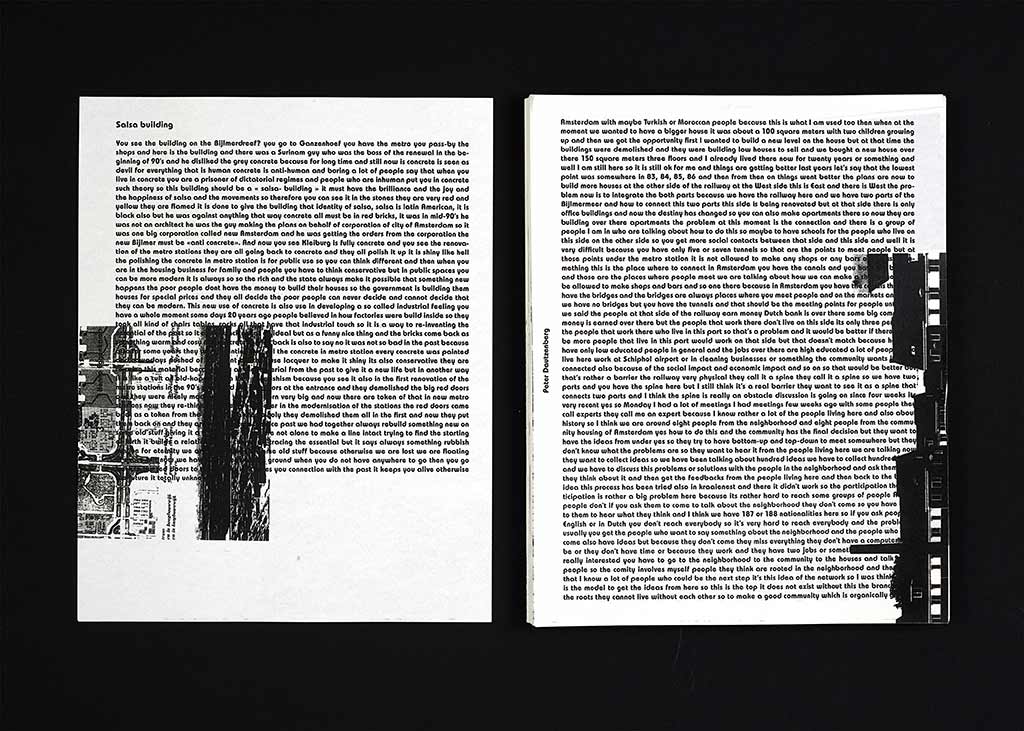
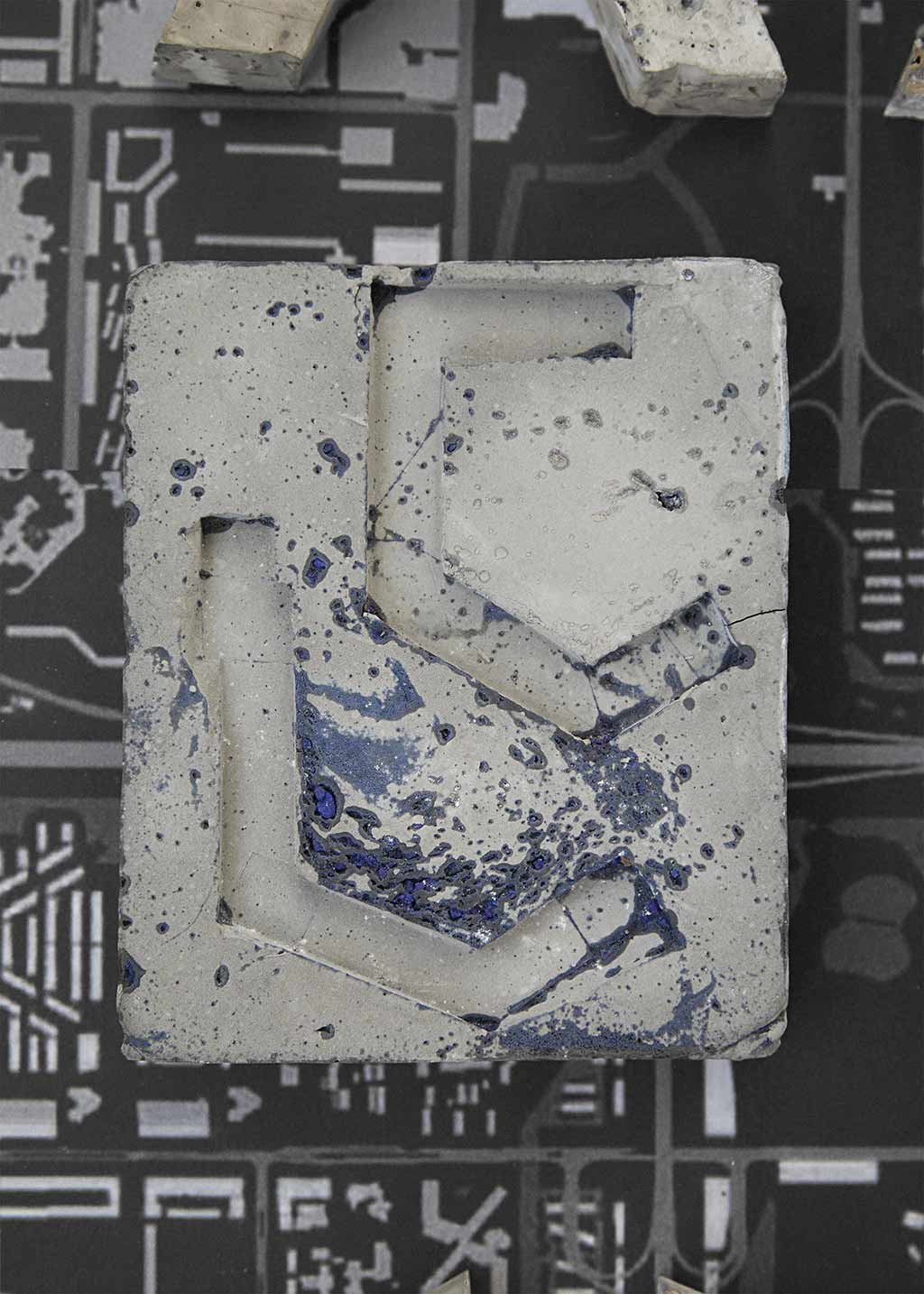
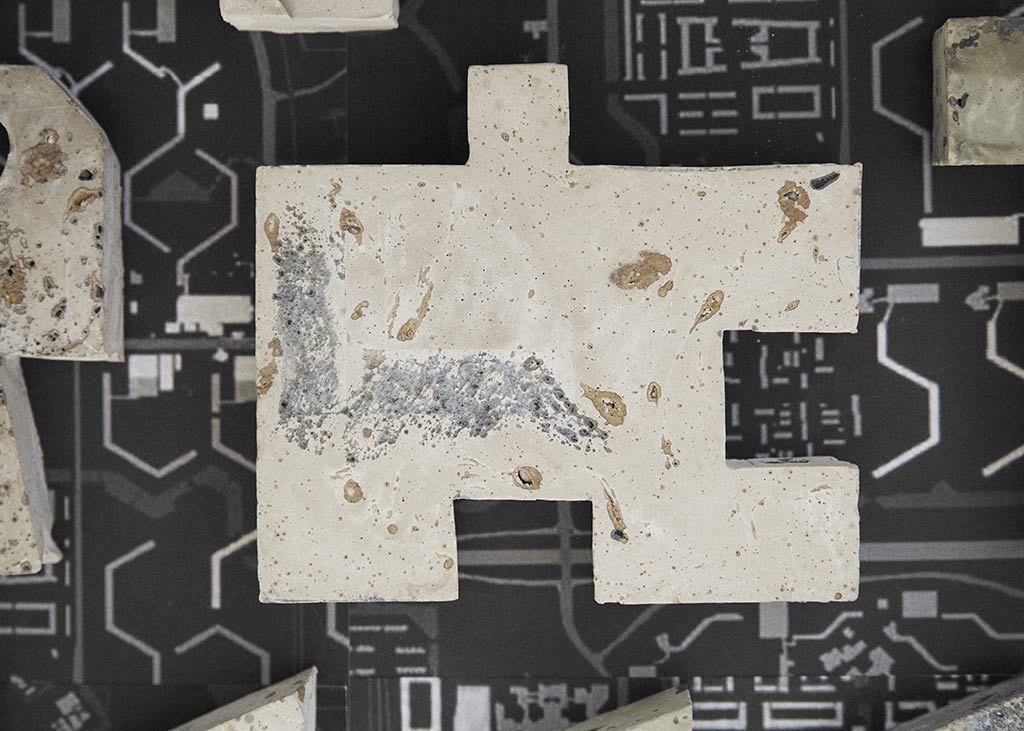
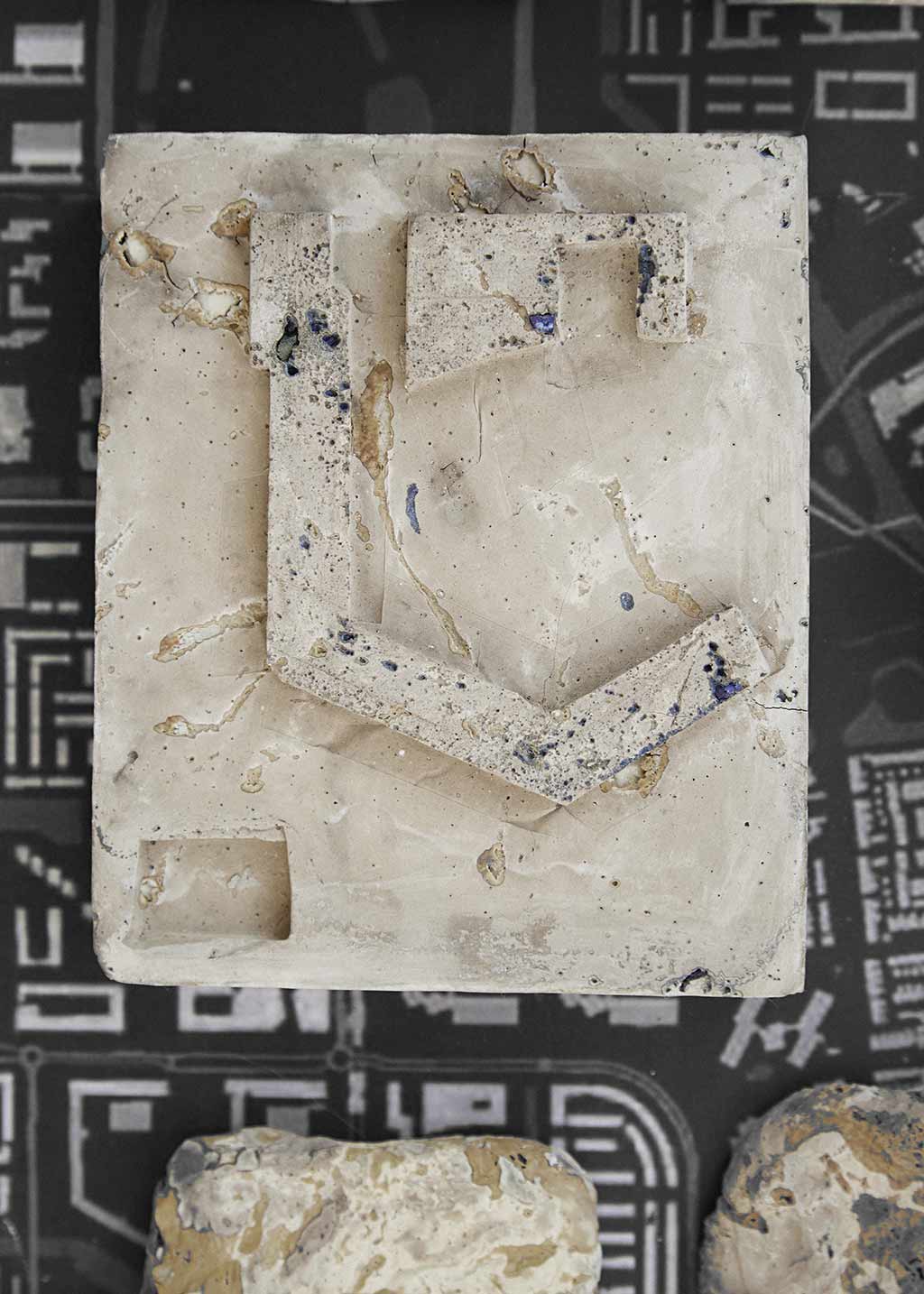
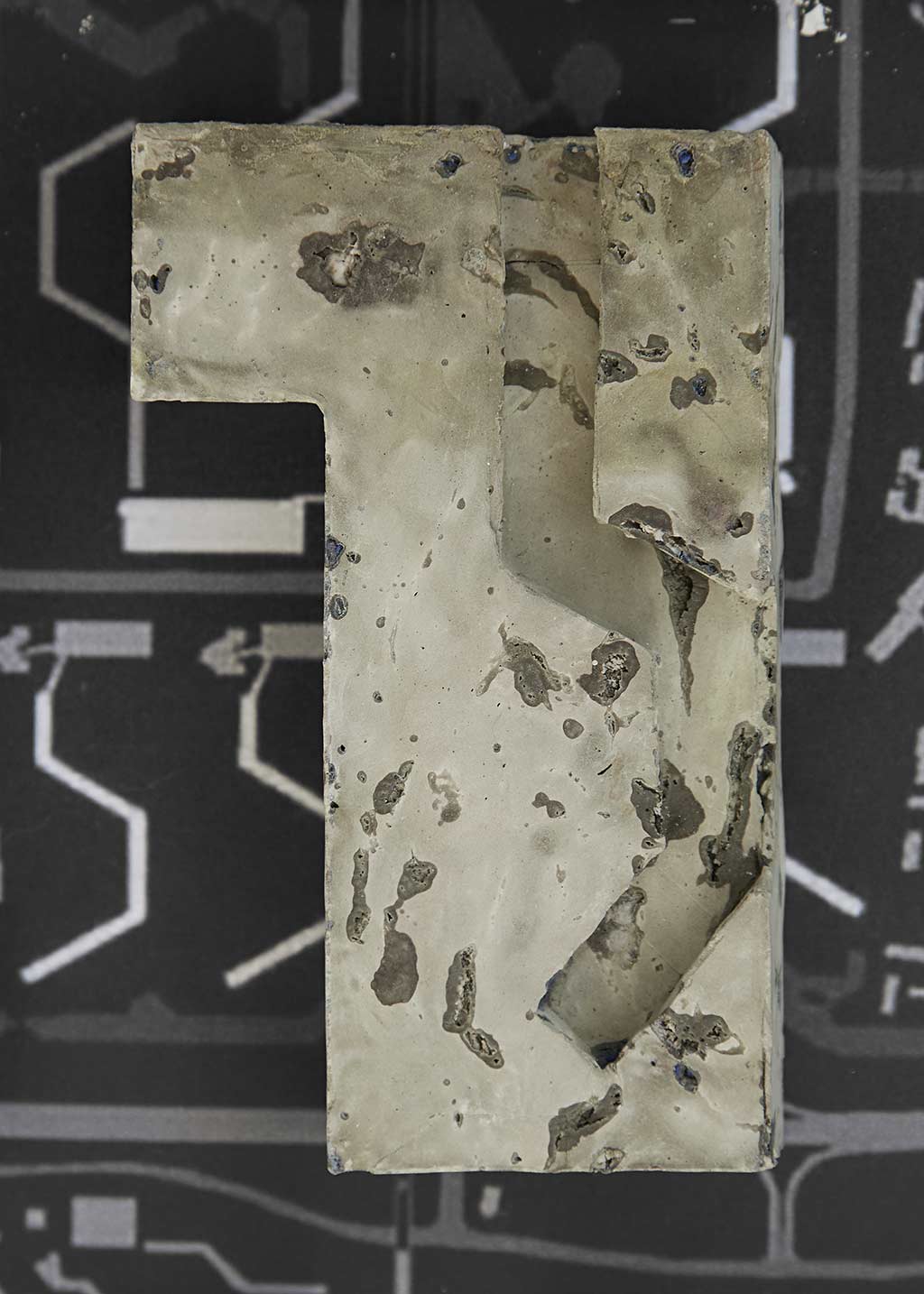
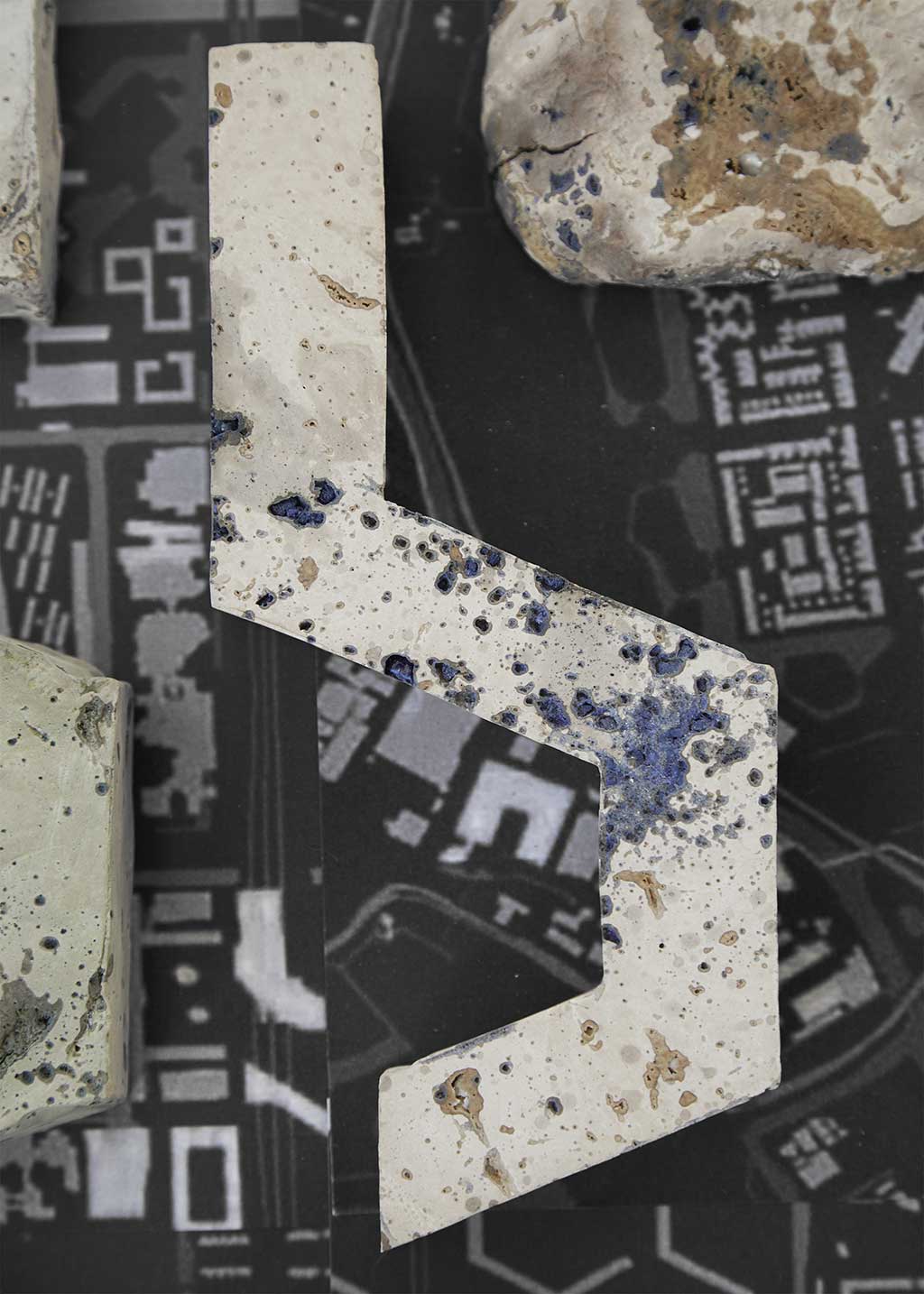
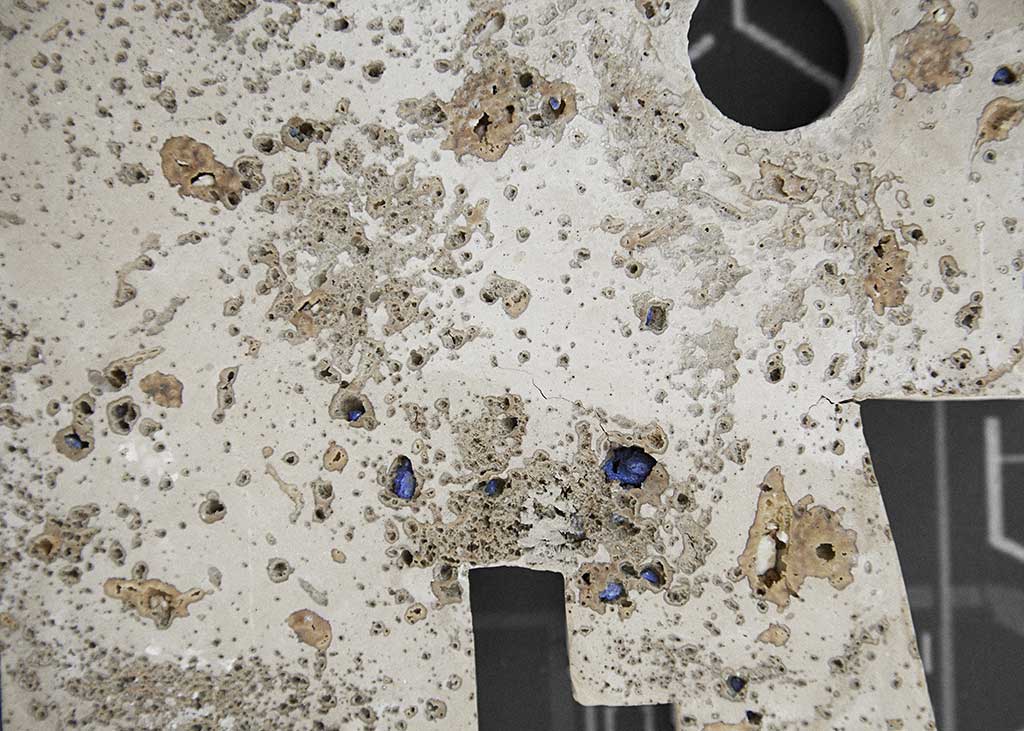
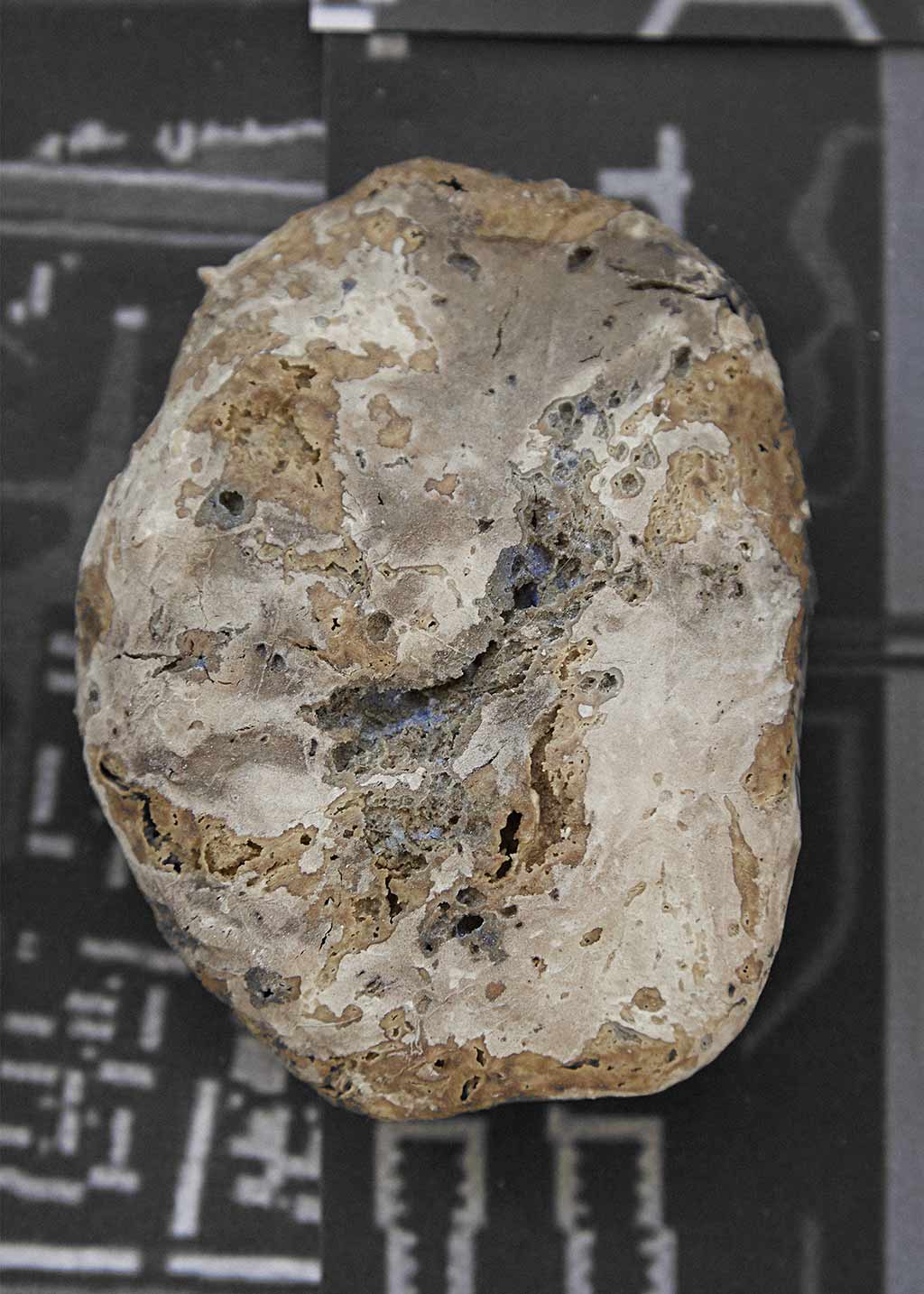
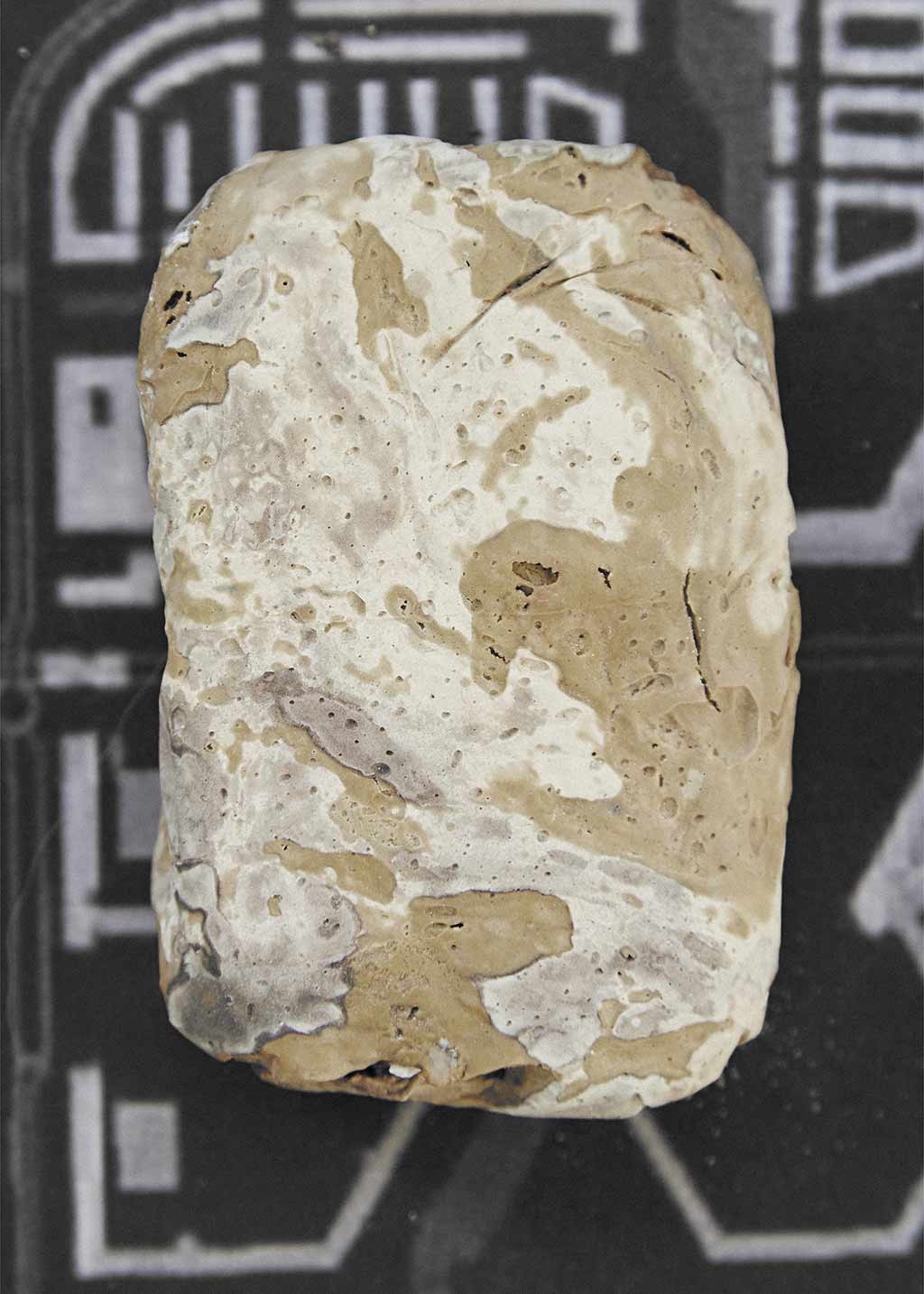
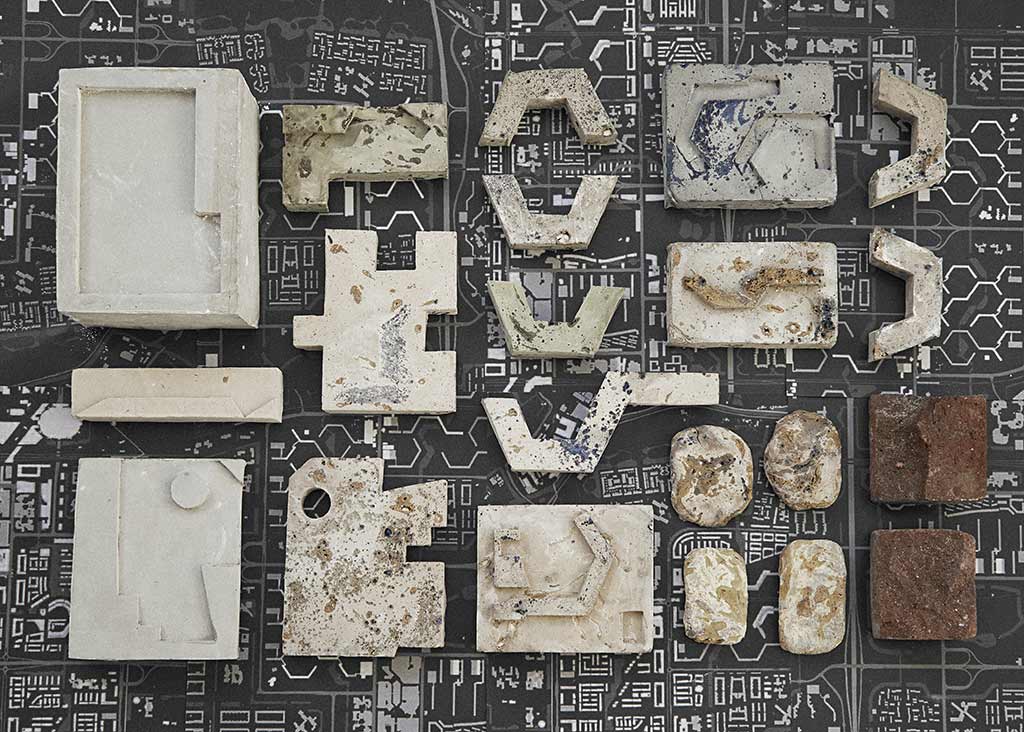

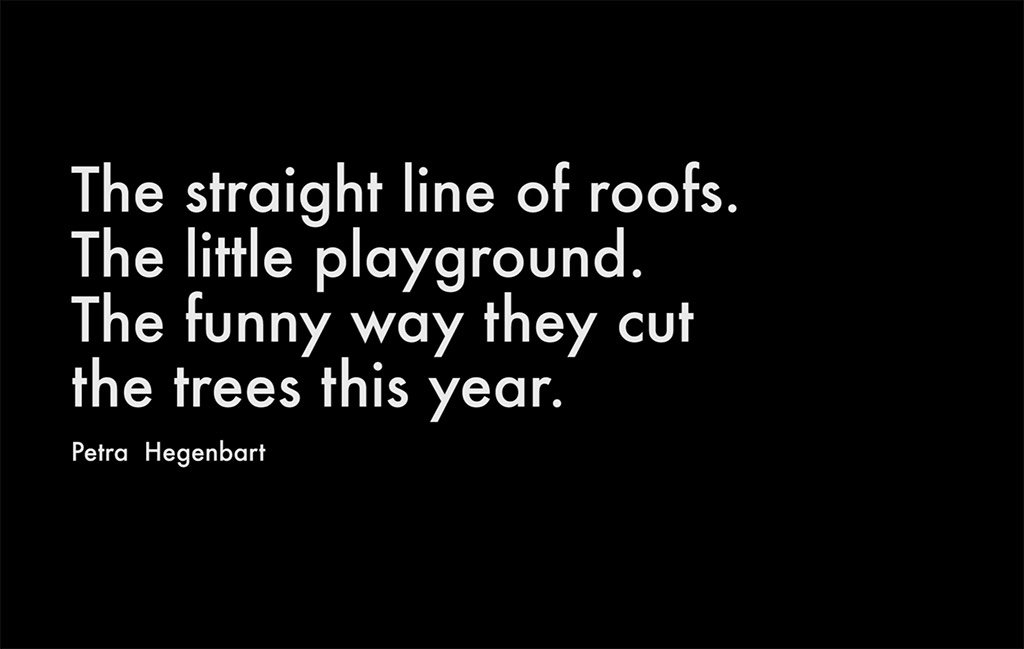

Yoo_TEK_tik (Bijlmer)
2019
printed paper publication (architect urban plans of Bijlmer 1970-2019 / archives from the Bijlmer Museum, interviews of Bijlmer inhabitants)
artifacts made of: cement, crushed bricks, porcelain; fired at 1260°c
A collaboration: Noemi Niederhauser & Jennifer Niederhauser Schlup for Open Set; as part of Fluid Rhythms Lab research, Bijlmer, Amsterdam Zuidoost, The Netherland
The project Yoo_TEK_tik (Bijlmer) is a research conducted in Amsterdam’s Bijlmer neighborhood. It explores how materials that are not meant to work together are entangled into shared intimacies. The research consists of a paper publication and a material experiment.
From its implementation until now, Bijlmermeer’s architectural history has followed a rhythm of erection, transformation and demolition—each phase making use of specific architectural plans and building materials that respond to different hopes and ideals. Yoo_TEK_tik, operates a physical creolization of components that are not meant to meet. Conceived metaphorically as a place that convokes two imaginaries and two materials, it seeks to weave between them a relationship, or in other words, a possibility for tuning-in.
On one side, urban plans made by architects are blended together with personal stories of the Bijlmer’s inhabitants. On the other side, cement, the main material used as part of the early 70s top-down modernist approach, is mixed with crushed red clay bricks found lying around the neighbourhood, a material that is related to the more recent organic urban planning of the Bijlmer. A mixture of both was put into the kiln and fired.
yoo_TEK_tik, is the phonetic version for: eutectic. The eutectic point from the Greek «εύ» (éf = well) and «τήξις» (tíxis = melting) is the temperature at which a mixture of substances melts or solidifies at a single temperature that is lower than the melting point of either of the constituents alone. It is what happens within the process of combining cement and crushed red bricks. Both cement and clay bricks sustain high temperatures on their own. Fired together, no cohesion holds them jointly and cement goes back to dust. Those two materials are not meant to be entangled into a heated dialogue. They are not meant to bond their chemicals. They are in the need of a specific ratio of a third component to create some cohesion. Porcelain powder takes on the job. But, it should be added with precaution and at a small percent into the mix of cement and red bricks before going into the fire. Otherwise and if added spoon full, porcelain brings it all to a total collapse and melt down as the eutectic point is being reached.
These two experiments are part of an entanglement process where the friction and tension between components co-create a new material entity. A common place where “a thought of the world meets another thought of the world.”1 Materials and imaginaries are orchestrated here as entities which are not distinct. Yoo_TEK_tik creates a dialogue as a way of moving and being moved. Across and within the continuities and discontinuities of such gestures, waves of resonance emerge.
1. p.32: Édouard Glissant, Traité du Tout-Monde : Poétique IV, Paris, Gallimard,1997
Special Thanks: Irina Shapiro (Open Set artistic leader), Marieke de Rooij (Open Set production manager), Caroline Nevejan (AISSR: Designing Urban Experience and the City of Amsterdam), the Bijlmer Museum, Henno Eggenkamp (artist, journalist, Bijlmer), Peter Vial (artist, Bijlmer), Petra Hegenbart (scientist, artist, Bijlmer), Peter Dautzenberg (architect Amsterdam Zuidoost), Het Amsterdams Kleibedrijf ceramic studio
